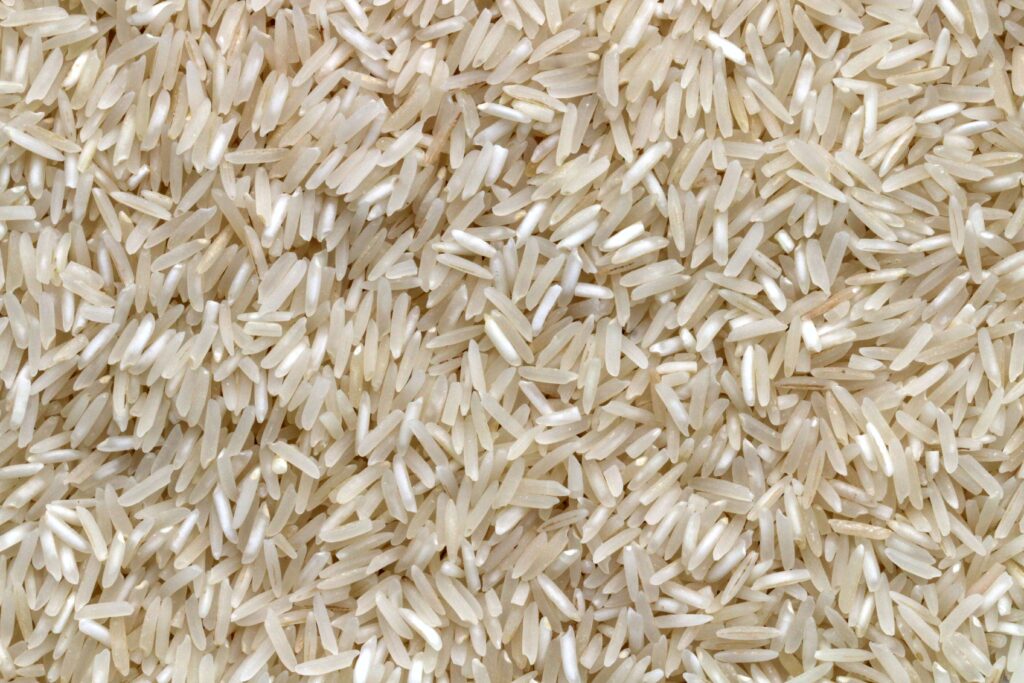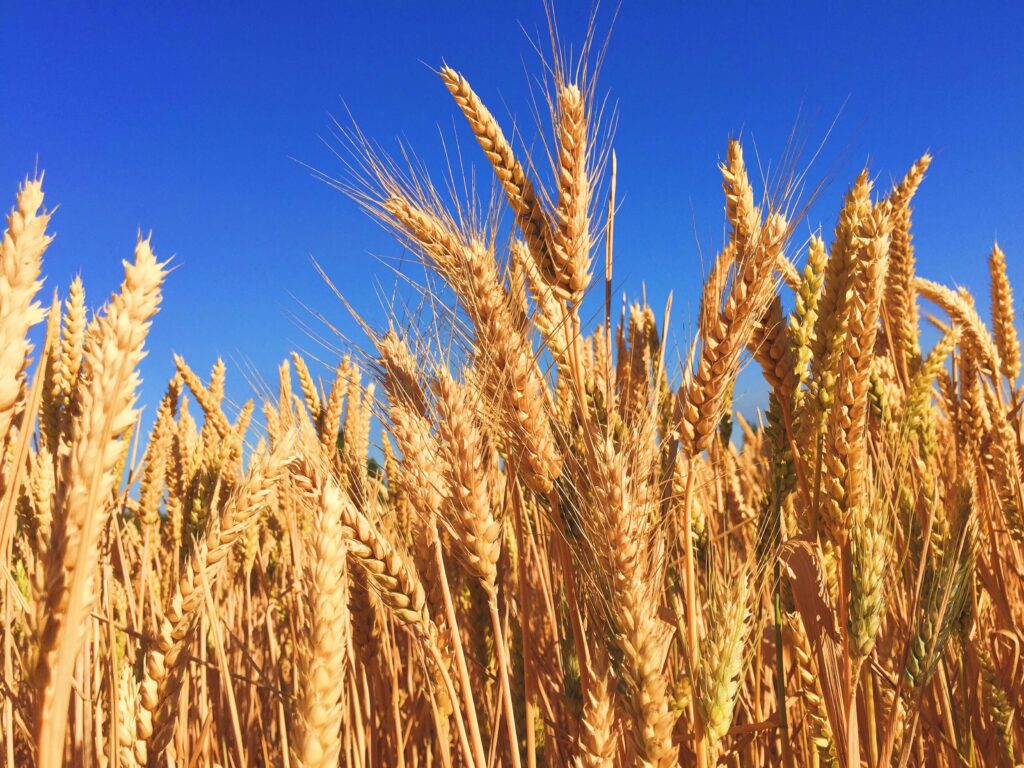Rice is a staple food for a significant portion of the global population, and Pakistan is no exception. With a diverse range of rice varieties grown and consumed across the country, it is essential to keep track of rice prices in Pakistan.
This comprehensive guide will delve into the factors affecting rice prices, the different types of rice available, and the impact of electricity prices on rice production. By the end of this article, you’ll have a better understanding of the rice market in Pakistan and how to navigate it.
Rice Prices in Pakistan
Contents
Last Updated on Aug 1, 2023. We want to make sure you have the most up-to-date information on prices.
| Rice Variety | Price per 1 kg (PKR) | Price per 20 kg (PKR) | Price per 40 kg (PKR) | Price per 50 kg (PKR) |
| Basmati Rice (1121) | 350 – 450 | 7000 – 9000 | 14000 – 18000 | 17500 – 22500 |
| Basmati Rice (386) | 350 – 450 | 7000 – 9000 | 14000 – 18000 | 17500 – 22500 |
| Basmati Rice (Super Fine) | 350 – 450 | 7000 – 9000 | 14000 – 18000 | 17500 – 22500 |
| IRRI-6 Rice | 350 – 450 | 7000 – 9000 | 14000 – 18000 | 17500 – 22500 |
| IRRI-9 Rice | 350 – 450 | 7000 – 9000 | 14000 – 18000 | 17500 – 22500 |
| Super Kernel Basmati Rice | 350 – 450 | 7000 – 9000 | 14000 – 18000 | 17500 – 22500 |
| Parboiled Basmati Rice | 350 – 450 | 7000 – 9000 | 14000 – 18000 | 17500 – 22500 |
| Parboiled IRRI-6 Rice | 350 – 450 | 7000 – 9000 | 14000 – 18000 | 17500 – 22500 |
| Sella Basmati Rice (1121) | 350 – 450 | 7000 – 9000 | 14000 – 18000 | 17500 – 22500 |
| Sella Basmati Rice (386) | 350 – 450 | 7000 – 9000 | 14000 – 18000 | 17500 – 22500 |
| Brown Basmati Rice | 350 – 450 | 7000 – 9000 | 14000 – 18000 | 17500 – 22500 |
| Organic Basmati Rice | 350 – 450 | 7000 – 9000 | 14000 – 18000 | 17500 – 22500 |
The Importance of Rice in Pakistan
Rice is an essential part of the Pakistani diet, with millions of households consuming it daily. As the world’s 10th largest producer of rice, Pakistan also exports significant quantities of rice to other countries, making it a crucial contributor to the nation’s economy.
Discover the prices of other crops by checking out our Cotton Prices article.
Factors Affecting Rice Prices in Pakistan
Several factors influence the rice prices in Pakistan, including production costs, market demand, government policies, and global market trends.
Production Costs
Production costs include the cost of land, water, fertilizers, pesticides, labor, and machinery required to cultivate rice. Any increase in these expenses can lead to a rise in rice prices.
Market Demand
Rice demand is not static; it varies with factors such as population growth, income levels, and consumer preferences. High demand can lead to an increase in rice prices, while low demand can result in a drop.
Government Policies
Government policies, such as taxes, subsidies, and import/export regulations, can have a significant impact on rice prices. Additionally, the government’s support for research and development can affect the quality and yield of rice, thereby influencing its price.
Global Market Trends
Pakistan’s rice prices are also influenced by global market trends, including the supply and demand dynamics in major rice-producing and consuming countries, as well as fluctuations in global commodity prices.
Rice Price Variations by Type
Rice prices in Pakistan vary based on the type of rice. Some of the popular rice varieties include Basmati rice, IRRI-6 rice, Super Kernel Basmati rice, and Parboiled rice.
Basmati Rice
Basmati rice is known for its unique aroma, long grains, and excellent taste. It is primarily grown in Punjab and commands a higher price compared to other rice varieties.
IRRI-6 Rice
IRRI-6 is a non-aromatic, short-grain rice that is predominantly cultivated in Sindh. It is more affordable than Basmati rice and is widely consumed in Pakistan.
Super Kernel Basmati Rice
Super Kernel Basmati rice is a premium variety of Basmati rice, known for its long grain, pleasant aroma, and superior taste. It is more expensive than other rice varieties due to its quality and limited production.
Parboiled Rice
Parboiled rice undergoes a special process in which it is partially boiled in the husk before milling. This process enhances its nutritional value and results in a firmer, less sticky texture. Parboiled rice is generally more expensive than regular rice varieties due to the additional processing steps involved.
The Impact of Electricity Prices on Rice Production
Electricity prices play a significant role in determining rice prices in Pakistan. The cost of electricity directly affects the production costs associated with irrigation, milling, and transportation of rice. High electricity prices can lead to increased production costs, which are then passed on to the consumer in the form of higher rice prices.
As Pakistan faces ongoing energy crises and fluctuating electricity prices, it is essential to explore alternative energy sources and invest in energy-efficient technologies to reduce the impact of electricity costs on rice production.
Strategies to Minimize the Effects of Rising Rice Prices
Here are some strategies that can help minimize the impact of rising rice prices in Pakistan:
- Diversification: Encourage the consumption of alternative staple foods, such as wheat and other grains, to reduce the pressure on rice demand and stabilize prices.
- Research and Development: Invest in research to improve rice production techniques, enhance yield and quality, and develop climate-resilient rice varieties to minimize the impact of adverse weather conditions on rice production.
- Government Support: Provide targeted subsidies and support to rice farmers, particularly small-scale farmers, to reduce their production costs and ensure a stable supply of rice in the market.
- International Cooperation: Engage in international trade and cooperation to ensure a steady supply of rice, stabilize prices, and share best practices in rice production and marketing.
Conclusion
Understanding the factors that influence rice prices in Pakistan is crucial for consumers, farmers, and policymakers alike. This comprehensive guide has discussed the importance of rice in Pakistan, the various factors affecting its price, and the different types of rice available. By being aware of the market dynamics and implementing strategies to mitigate the impact of rising prices, Pakistan can continue to provide a stable supply of this essential staple food for its population.



